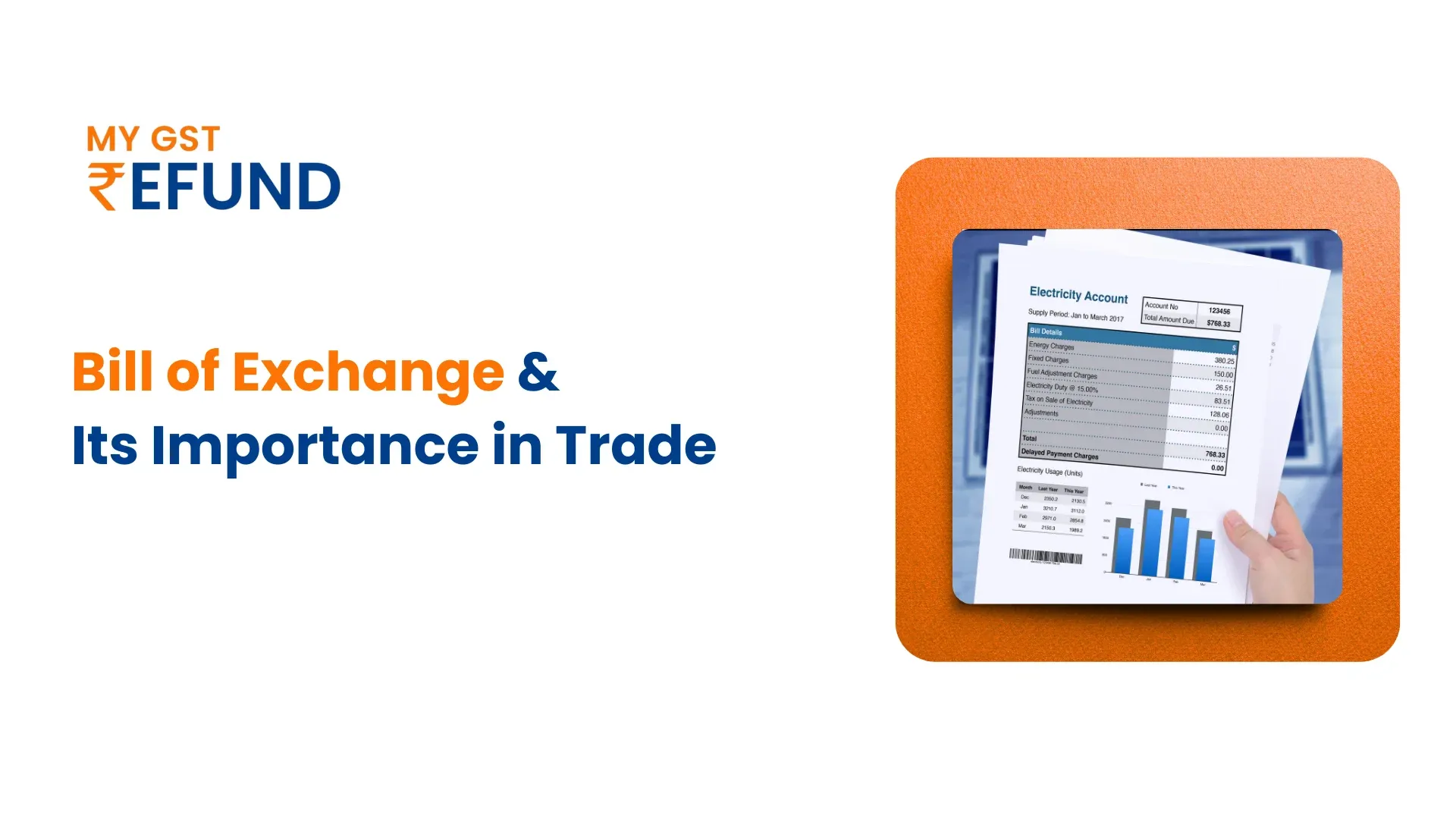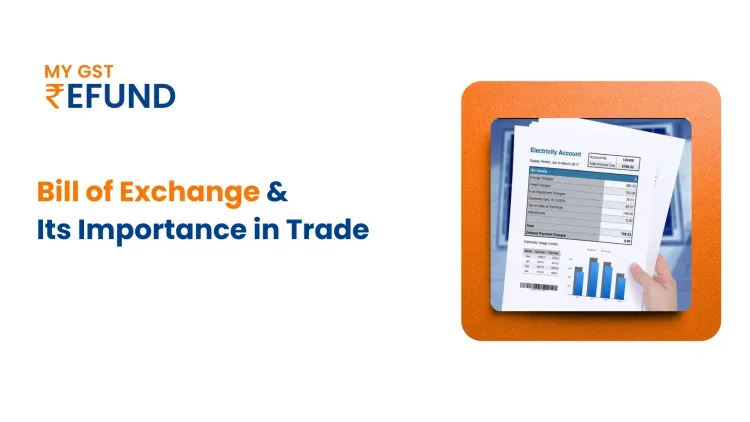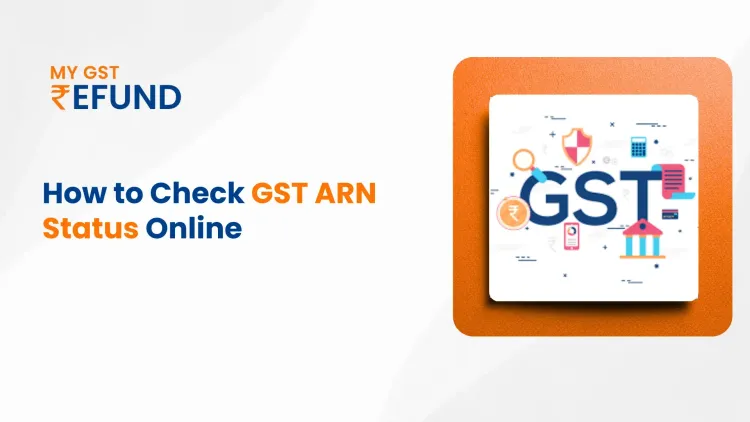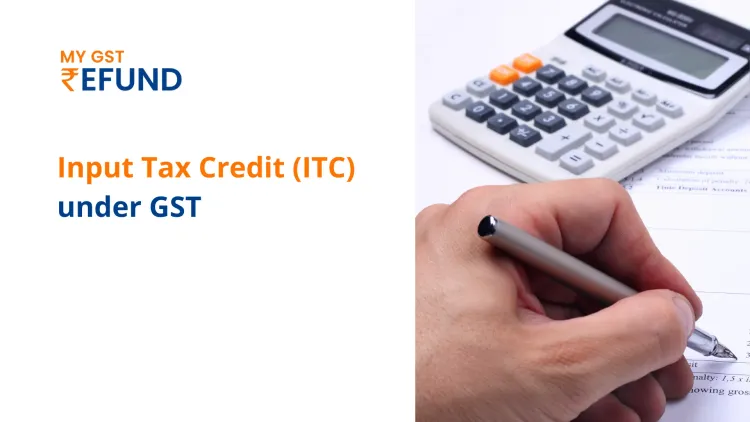Bill of Exchange: Its Importance in Trade
Business generally occurs in situations where immediate cash transactions are not made. This demands the use of credit instruments that facilitate soft transactions and ensure financial security. One such important financial document is the bill of exchange. This document serves as a coordination order, defining a structured approach to deferred payments. This blog post explores the meaning of bills of exchange and their importance in international trade.
What is a Bill of Exchange?
A Bill of Exchange is a major document in export that contains important details of an export transaction, like the Total invoice amount, payment terms, bank Account details, etc It is a written order Document that guarantees that one party will pay another a set amount according to specified terms.
- Involves three parties: drawer, drawee, and payee.
- Sets out a definite sum and payment date for the payoff.
- Widely employed in business transactions.
- A person can exchange it for cash by going to a bank.
Key Features of a Bill of Exchange
A Bill of Exchange guarantees the safe execution of financial transactions between buyers and sellers. It guarantees payment in the future and may be transferred from one recipient to another.
- It must be in writing and signed by the drawer.
- It contains an unconditional order to pay.
- The amount to be paid must be certain.
- The date of payment is either fixed or on demand.
- It is payable to a specific person or the bearer.
Types of Bills of Exchange
Different types of Bills of Exchange serve various financial purposes, depending on usage and payment terms, and the Type of Payments in international trade.
Inland Bill: Both drawer and drawee are in the same country.
Foreign Bill: Parties are located in different countries.
Demand Bill: Payable immediately when presented.
Time Bill: Payable after a specific period.
Trade Bill: Arises out of genuine trade transactions.
Accommodation Bill: Issued without a trade transaction to help someone raise funds.
Parties to a Bill of Exchange
A bill involves three main parties, each with a distinct role in the payment process.
Drawer: The person who creates and signs the bill.
Drawee: The person who is ordered to pay the money.
Payee: The person who will receive the payment.
In some cases, the drawer and payee can be the same person.
How a Bill of Exchange Works?
A Bill of Exchange sample serves as a binding agreement between two parties for the transfer of money in a commercial enterprise. The drawer creates the bill and directs the drawee to make payment of a specified sum to the payee as per the agreed terms. By signing the bill, the drawee is bound to pay the stated amount.
- The drawer creates and issues the bill of exchange to the drawee.
- As soon as the drawee signs the bill of exchange.
- The payee is paid the promised amount on the agreed date.
- The bill can be sold by the holder to someone else.
- Discounted by banks in exchange for immediate payment.
Importance in Business and Trade
Bills of Exchange format play a significant role in enhancing trust and managing payments in commercial activities. They allow businesses to buy now and pay later, improving cash flow and reducing immediate capital pressure.
- Facilitates credit-based trade transactions.
- Enhances reliability between buyer and seller.
- Provides legal assurance of payment.
- Encourages smoother domestic and international trade.
- Can be used to raise short-term finance through discounting.
Legal Aspects and Regulations
A Bill of Exchange is governed by legal frameworks to protect all involved parties. In India, they fall under the Negotiable Instruments Act, 1881.
- Must be in writing and signed.
- Should contain an unconditional order to pay.
- Amount and parties must be clearly mentioned.
- Legal action can be taken on dishonour.
- Stamping may be required as per jurisdiction.
Common Issues and Risks
While useful, Bills of Exchange carry certain risks and require careful handling to avoid losses or disputes.
- The drawee may refuse to accept the bill.
- Dishonour on the due date can cause cash flow issues.
- Forgery or fraud in signatures or terms.
- Loss or theft during transit or endorsement.
- Delay in acceptance or payment settlement.
How MYGST Refund Supports Your Export Business
MYGST Refund helps to simplify the GST Refund process with tech-based automated tools, cutting down on errors and saving time. The service also offers full support throughout the entire process and works together with export services such as GST Refund for Exporter, customs clearance, payment handling, and shipping to make the whole export operation smoother.
Key Takeaways
A bill of exchange is an important financial document in business. It sets out clear payment terms and helps secure payments between parties. By understanding how it is structured and businesses can manage transactions better, reduce the risk of late or missed payments, and maintain trust in their commercial relationships, locally or internationally.
Frequently Asked Questions
What happens if a bill of exchange is dishonoured?
Being dishonoured indicates that the person responsible for the bill failed to fulfil their obligation. Therefore, the original drawer or any holders of the bill may be required to fulfill the payment instead.
Is a bill of exchange the same as a cheque?
No, A cheque is issued by a bank and can be redeemed almost instantly. A bill of exchange can be created for any person, and its payment is made at a time in the future.
Can a bill of exchange be revoked?
A bill of exchange can not normally be cancelled or revoked after it has been accepted. This makes it a legally binding obligation for the recipient to settle the debt. In certain circumstances, a bill of exchange can be revoked before its deposit by following the standards set by a company.
Who gives the bill of exchange?
The seller or creditor who is owed money is said to draw the bill of exchange. The drawer creates the bill and sends it to the buyer, requesting them to settle the outstanding amount as stated in the document.
Who draws a bill of exchange?
The writer of the bill is called the drawer. The drawer normally represents the person who's the creditor in a transaction. They prepare the bill and request the debtor to either make a payment immediately or pay it on an agreed day.
What is meant by a bill of exchange?
A bill of exchange is a document where someone to pays another person a specific amount of money to someone else at their convenience or on a specific date in Trade.
Related Posts








